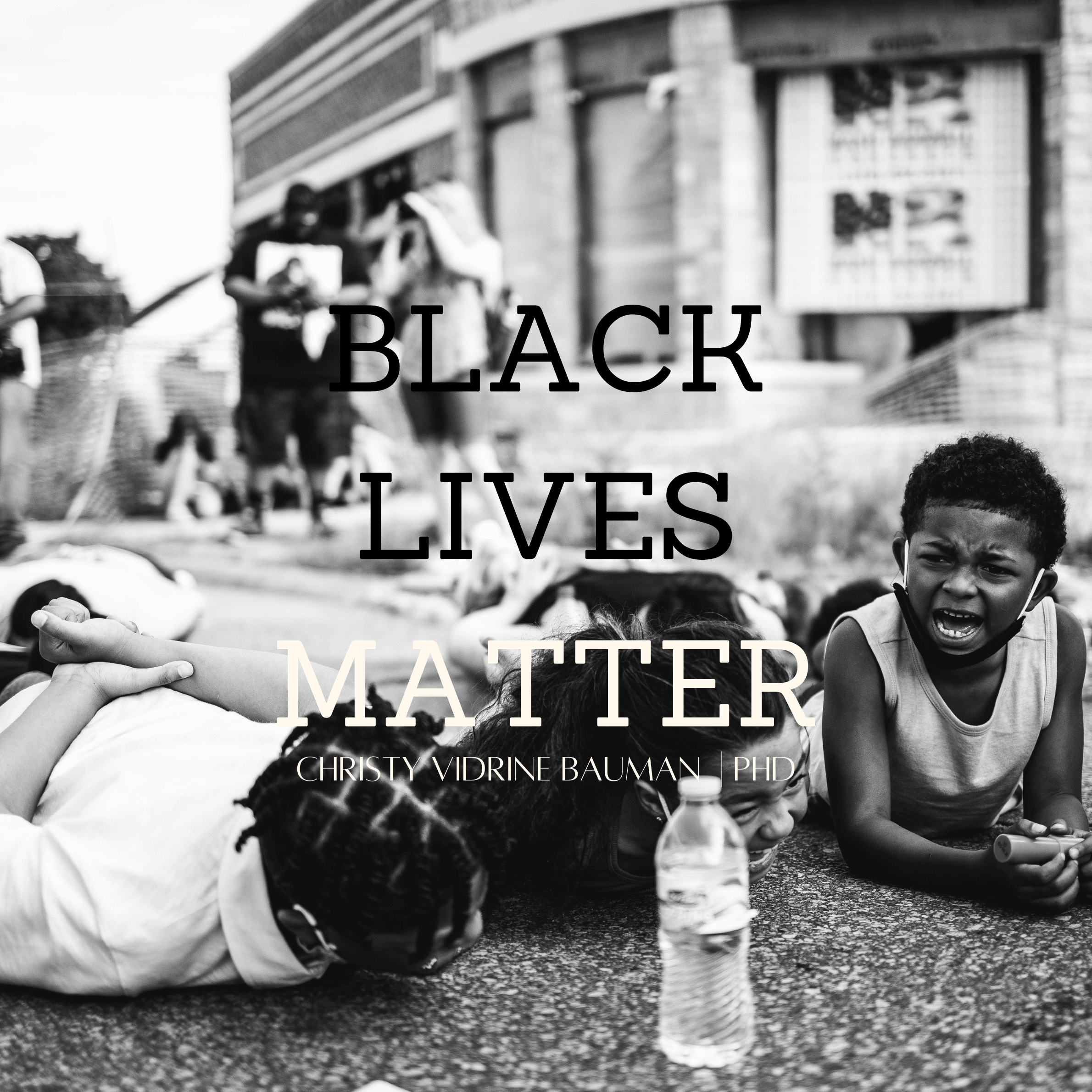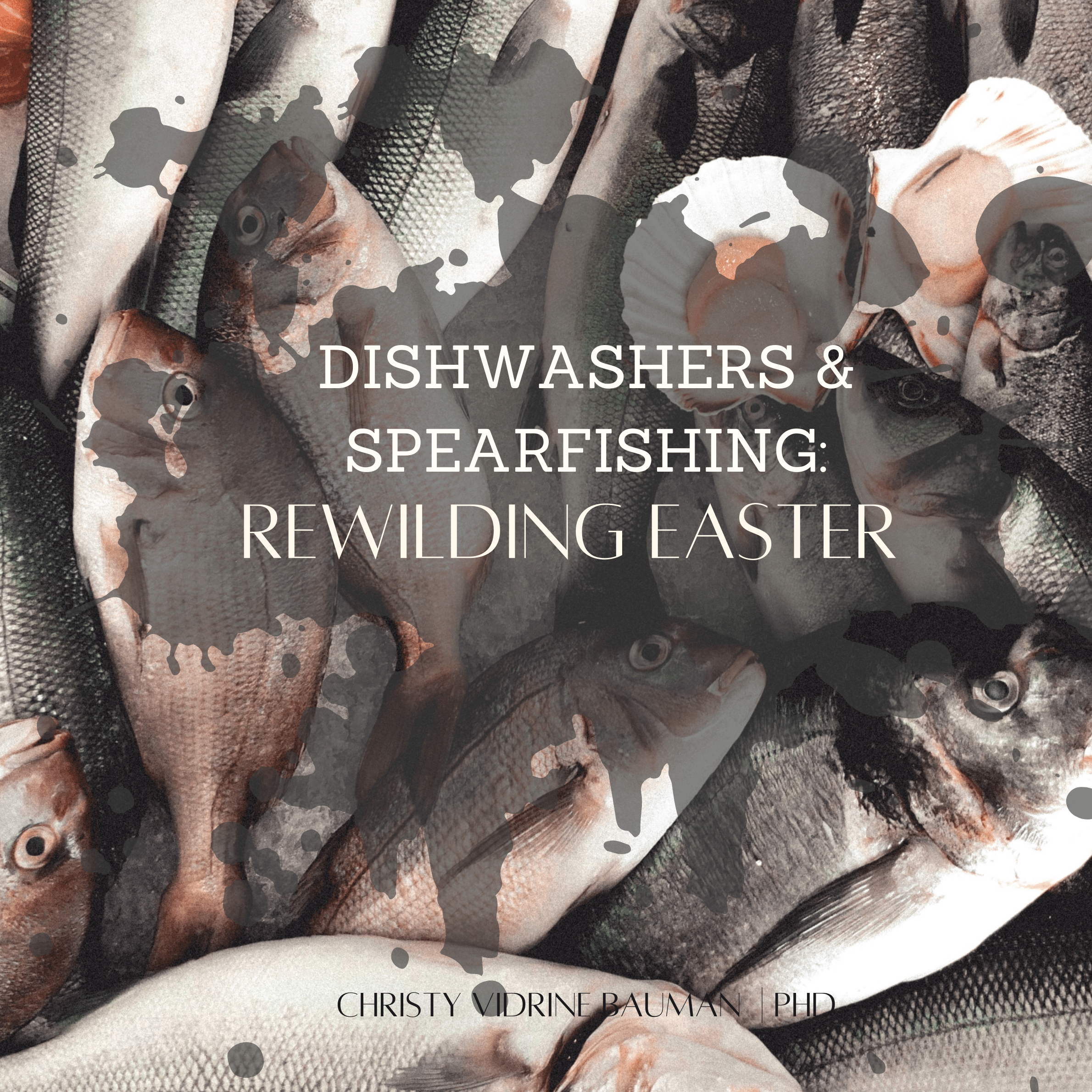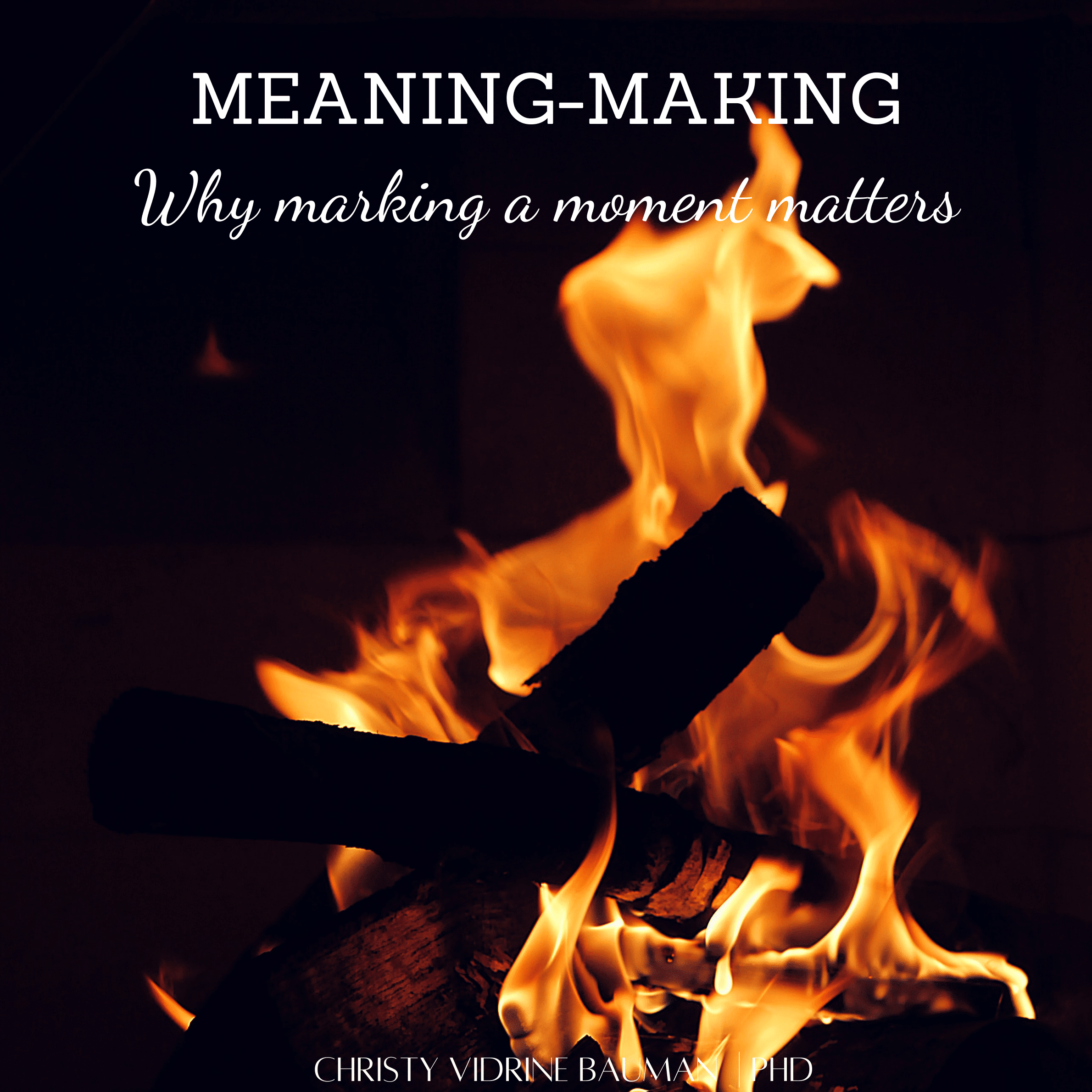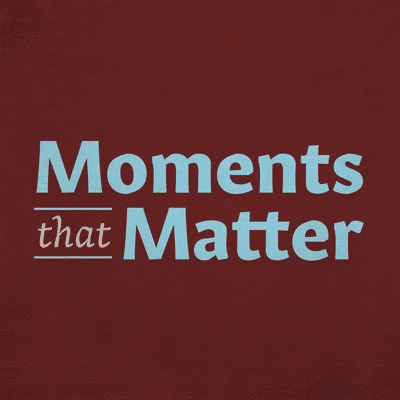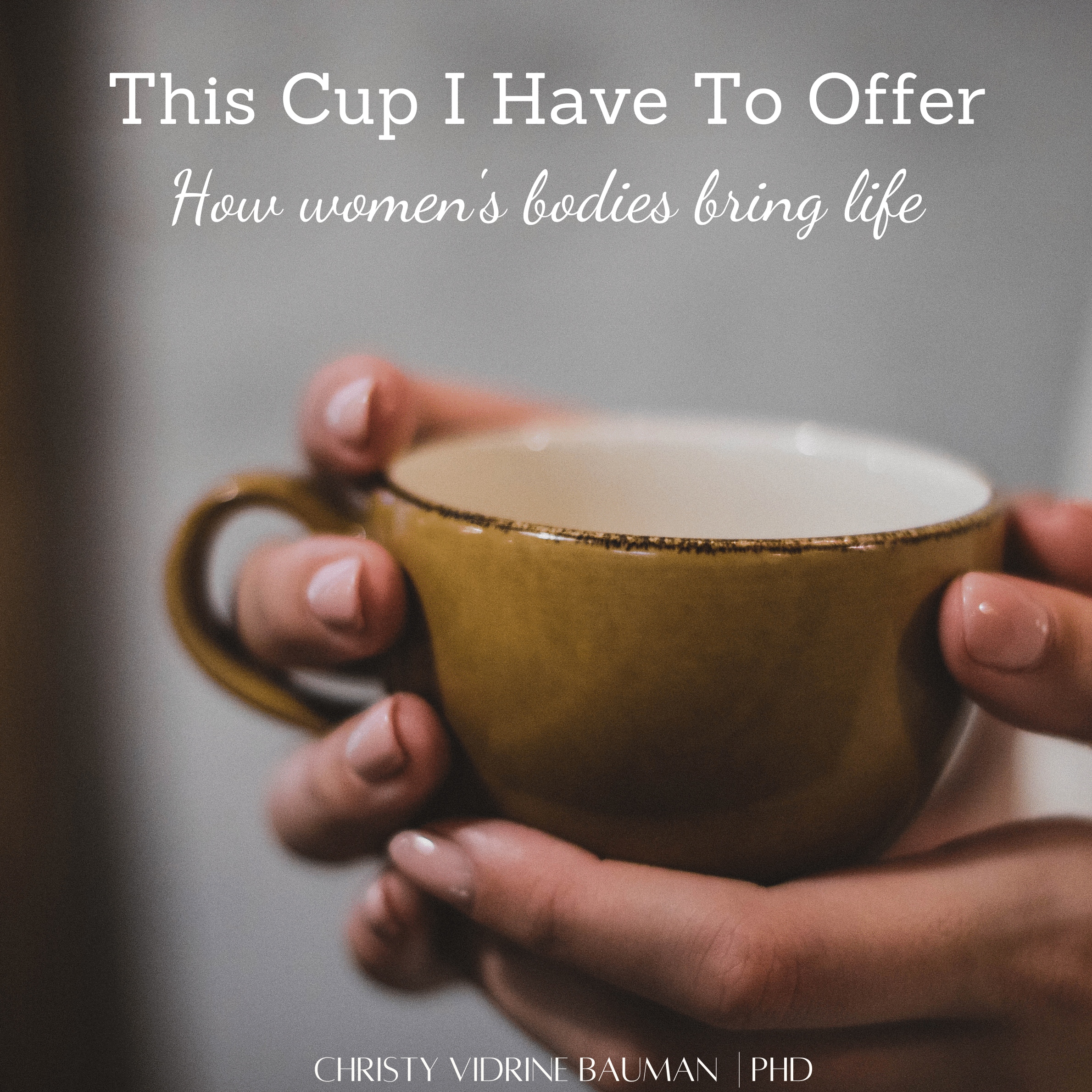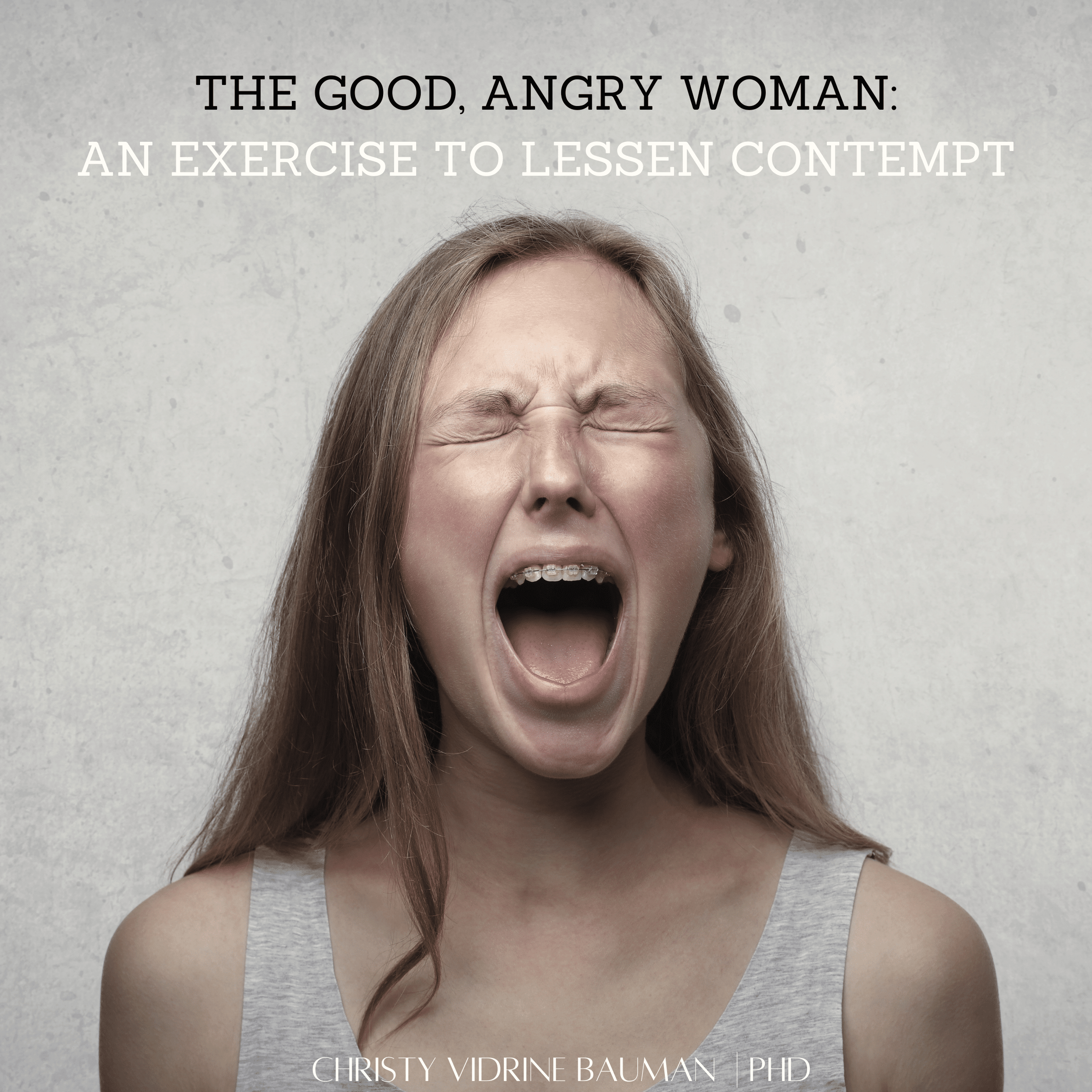I Can't Breathe
I can’t breathe.
I can’t breathe.
I can’t breathe.
This mask I wrap around each ear before I walk into the grocery store. As I open the car door and get outside, there is no more breathing in the fresh air and it reminds me what it must be like to struggle to breathe. The weight on my chest as I watch the news, the politics of human life, the protests being silenced, I can’t breathe amidst this heaviness, this tear gas quieting my voice...yet how it all makes me weep. Her eyes are kind when she screams over the crowd, “would you stand between us and the police?” She and six other black women are standing in protest facing the clear shields and armed law enforcement. I am afraid but I move forward in the crowd and stand in front of her, eye to eye with the police officer. I feel afraid, I feel invited into salvation. Is this what Simon of Cyrene felt when he was asked to carry Christ’s cross? The officer is loading rubber bullets in his gun. I feel frozen but the tears are cascading down my cheeks. BUT wait, I am white and I am rich and I am breathing so if I feel like I can’t breathe within all of my privilege then maybe I can try to imagine what it is like to those without privilege of race or skin color. Maybe I could do like my marriage therapist encourages and repeat back what I hear the other saying. “You feel scared, silenced, you feel afraid of being killed by law enforcement in your own country.” My skin is not black and I feel like I can’t breathe, so what of the ebony color skin that few can see past? The world feels so heavy...whether COVID or racial injustice, I hear Mother Earth saying, I can’t breathe. So what as a believer must I do Lord, what do You say about injustice?
Let justice roll down like waters (Amos 5:24)
Seek justice, correct oppression (Isaiah 1:17)
What does the Lord require of you, but to do justice and to love kindness. (Isaiah 61:8)
Therefore put on the full armor of God, so that when the day of evil comes, you may be able to stand your ground, and after you have done everything, to stand. (Ephesians 6:13)
Stand, don’t move.
When the days of evil come, stand.
Stand, and when you’ve done everything,
Stand.
My feet hold the gospel of peace.
Keep standing for all of God’s people scripture says.
For all of creation to know peace,
Stand.
I can’t breathe.
Stand.
I can’t breathe.
Stand.
There is no justice.
Stand.
There is no justice.
Stand.
Stand.
Stand.
My mother's heart doesn’t know what to do with the black bodies that are lying dead from injustice. I know what it is to build a body within my own. My stomach stretches with growing life, my hips expand to open, my good, good body breaks to let life emerge. What do I do with the ease of death in these days of injustice? Where are You, my Co-Creator? Are You screaming in childbirth like I did? Are You raging at the bodies having air suffocated out of them? Are You weeping at the grave? Father God, I know You turned Your face away from the cross but Mary, Mother of God, you watched, you stood at Golgotha, you stared at your boy’s body as life was beaten out, as He couldn’t breathe and much like George Floyd, did Jesus whisper, “I can’t breathe. Momma?” The deaths of injustice are on our hands? When Trayvon Martin bought skittles, did he know it was his last supper? When Emmett Till’s mother laid his beaten lifeless body for us to bear witness, did she know it was Jesus’s crucifixion reincarnated for me? How long will I turn away from the gospel being sacrificed in front of me? Will I not turn from my wicked ways and believe and stand in the truth?
#womanist #womanisttheology #blacklivesmatter #christian #treyvonmartin #georgefloyd #emmetttill
Resurrection for All
I can tell by the hue of the light peeking in around my bedroom curtains, it’s too early. I should know from past experience that my body isn’t going to let me sleep in today. I tiptoe through the house putting finishing touches on our Easter morning. I’m excited for the kids to wake up and find the tomb at ur Easter display, empty...to find their baskets filled and relieved that Jesus has conquered death. I slip on my fur-lined rain-boots, grab a jacket and one Easter egg. I sneak out of the quiet house into the dawn lit streets. The familiar drive through our neighborhood is peaceful and I stop at random trees to pick up flowers for his grave.
I always feel the invitation to know what Mary was feeling that Easter morning when she went to Jesus‘s grave. My experience will be different, I know, but even so, the walk up the dew covered grass hill holds even a little bit of mystery still. I see my boy’s name on the headstone and I greet him with tears. I kneel to lay down the flowers and I say with trembling...”hi sweetie, we will see you one day, that is what today means.”
I kiss the cold ground and head back home to welcome my children’s delight. I know that there will be many more years of this act, but one day full resurrection will come for all of us. Selah.

Dishwashers & Spearguns: ReWilding Easter
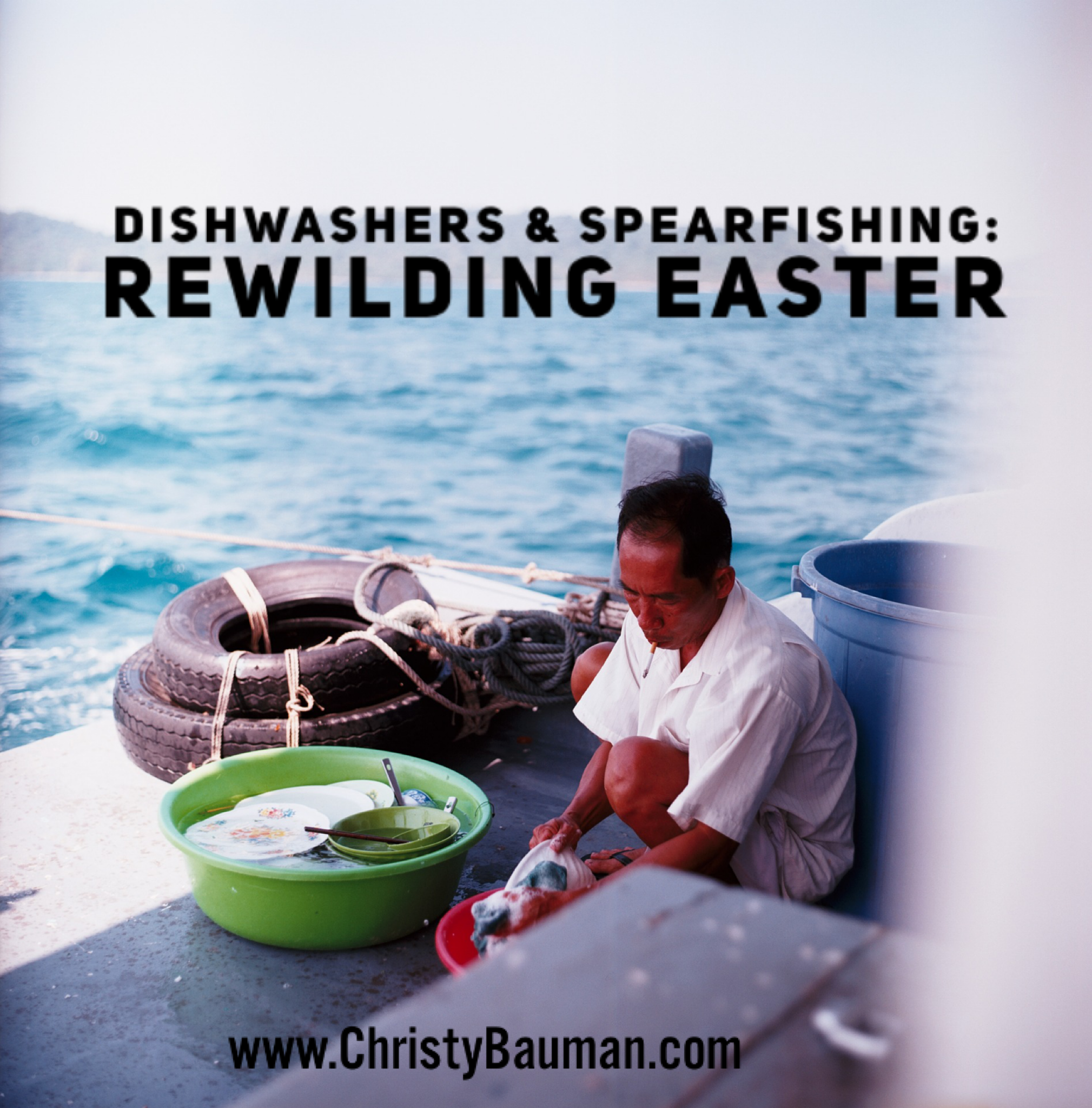
“The story of rewilding tells us
that change need not always
proceed in one direction.
It offers us hope that our silent spring
could be replaced by a raucous summer."
- George Monbiot, Feral
I hate my dishwasher but most nights around 9:15 pm you can find me in the kitchen filling it up and setting it to clean all night while I sleep. Deep in the futility of housework and parenting comes the satisfaction that my dishwasher will be working for me while I sleep. I don’t like washing dishes for everyday mundane meals, smoothies crusted onto kids' cups, hummus blobs left on a plate, or Mac and cheese dried on dishes left on the dinner table. Futility tries to swallow me up daily.
I have almost forgotten that dinnertime was my favorite meal to prepare when I am on the island, actually in truth dinner time was the only meal I would prepare for. At fifteen, long after my parents divorced, my time at my dad’s house was spent practicing Spanish and diving for dinner. If you want to know how to catch lobster and make conch ceviche, I will tell you now. It was mind-blowing to me that I could catch the most expensive meals in a restaurant. We would get on the boat around 11 every day, and without exception, the clear blue ocean would greet me with adventure. My body felt alive and exhilarated by the task of fishing for my dinner. I would practice reading the water and watching the sway of the coral to know which way the waves were moving much like an underwater weathervane.
Let me take a minute to explain coral reefs. A coral reef is the long strip of coral skeletons laid out across the ocean floor, imagine if you will a city of bones. They become the life source on the seafloor as fish and other sea creatures eat the organisms that collect on the coral. The type of fish and sea creatures you will see depend often on the vegetation type of coral. Angelfish, clownfish, barracuda and sea turtles are often tucked in different crevices of this city of bones. I have come to find that what sustains the ocean’s life are the old creatures, the crustaceans, such as shellfish and coral, these skeleton creatures that roam the deepest waters actually are the life source, holding plankton and other food available to keep the population of the ocean alive.
And when spearfishing, coral reefs are a compass when reading an ocean. So, as the boat cruised along with the crystal, clear waters, I would watch with intent where the coral reefs would break for a quarter mile or so, these areas leave barren patches of sand and these are the spots where the lobster’s traps are usually placed on the reef. My siblings and I would deliberate on which spot looked untouched as many local fishermen would fish near the traps. We would anchor the boat and load the speargun. This was a task I both loved and hated, pulling back this highly resistant gold rubber band to cock the spear in place could only be done against the strength of my thigh, usually leaving a bruise by the end of the day.
Once the anchor caught in the debris and sand of the ocean floor, the rocking of the boat would prove difficult for securing my flippers and loading my speargun. My brother and I would usually team up, we would sit on the opposite side of each other on the boat’s edge, secure our masks, and fall backward into the welcoming water. Once under the water’s cloak, we would swim to find rocks that might be hiding our sea crustaceans.
The secret to hunting lobster is readiness.
My brother or I would take turns unveiling the lobster’s hiding spots while the other would stand ready with the speargun. It is only a few seconds after you move the rock or debris that two or three lobsters might scurry out. The moment they were disturbed, the lobster would shoot backward across the sand bottom. The hunter would eye the largest one and shoot quickly. Because lobsters swim backward and so fast, you must aim your gun away from the area and shoot about three feet in behind the lobster’s swimming direction. It is only a matter of seconds to shoot once a lobster chooses which way to bolt out of a trap, and a hunter knows immediately when a lobster is hit. The underwater shrill of a wounded lobster is unmistakable and the hunter instantly knows they can pull the string attached to its spear, catch the flinching lobster in a netted bag and swim up to the boat. After a few hours of hunting these creatures in this repeated manner, we count our bootie and I offer to seine on the ride home to gather enough conch to make up for what lobster meat we could not secure. If there are fewer lobsters caught, it is easy to make up for the meal with conch meat. One drives the boat home while the other holds fast to the rope and seines the ocean floor for conch shells. Seining for conch is my favorite pastime, the boat slowly pulls me as I hang on to the rope being dragged through the water. The snorkel mask allows the fisher to watch for small hidden mounds on the ocean’s floor and dive down and retrieve a conch shell to their wrist-held mesh bag.
Once docked and tied at home, we gather and shuck the conch with a screwdriver and knife while another cleans the lobsters to grill. My body is exhausted from the hours of swimming, my sun-beaten skin is salty and I feel the soreness in my muscles as I chop the onions, tomatoes, and limes and hammer the conch meat. My siblings are all busy with the different tasks of cleaning food and preparing the meal. Music is playing, the conversation is full as we have spent most of the day surrounded by the silence of the ocean’s white noise. These are the meals I was created to make; this is the cooking that makes me come alive.
I do believe more than I ever have before that for something to live, something must die.
A few summers after I had learned how to spearfish lobsters, I got a job at Kroger grocery store in South Carolina – they put me in the seafood department because the manager heard I was from Louisiana and well versed in cleaning fish. My most hated order was the customer who wanted me to grab a lobster out of the glass tank and steam it. My thick plastic gloves, replacing my speargun, dug deep into that lobster tank and placed its rubber banded claws on a cold metal tray. I could still hear the unmistakable shrieking through the streamer’s walls when the heat hit forty-eight seconds. There was something excruciating about the death of domesticated lobsters. In all unabashed honesty, you must know that I would pray the sinner’s prayer over each one before I killed them.
Whereas, in the ocean, with my speargun, there was no mercy.
Somehow in my young brain, domesticated lobsters needed my mercy whereas wild ones needed my thirst.
Something must die for us to live, but it matters how it dies. Was it killed in freedom or captivity?
These are my favorite dinners, the ones that I caught with my hands and churned into sustenance. The hunter and gatherer in me can not find this same solace in ten years
of making Mac and cheese for my kids after a long day at work and then loading my dishwasher. It isn’t enough to sustain the wild but domesticated heart. On these nights after my kids are asleep and my kitchen is finally wiped down, I feel different exhaustion, the exhaustion of domestication. Although I am well aware that fantasy has a different cost and its own exhaustion, sometimes, I long for the days when my body felt full of sunshine and ocean rather than children’s longing hands and loud thoughts. We commit to rootedness in order to offer the rhythm needed for procreation but tucked inside of domestication is a grocery store aquarium of futility that requires more for me to flourish. Civility isn’t enough to sustain this wild but domesticated heart. The truth is that domestication is lazy-ier than the work of killing something wild.
I turn off the kitchen light, fill the dishwasher soap pods and my finger presses the button three times by habit...clean and soak cycle, high temp water, and delay 2 hours. I go to take my shower before the hot water is gone. These are my domesticated rhythms now.
The shower water reminds of the ocean water I so often miss, and my mind wonders what it will take to re-wild the futility I feel in domestication without drowning in fantasy. Working with clients around fantasy and futility, I have come to notice the nuances between the two - I am beginning to learn that resuscitation is different than resurrection. My community has helped me re-wild my heart but what does it look like to re-wild the domesticated soul? I don’t want to go back to my single life but I don’t want to be shackled in my domesticated one...with myself, my partner or God. I want to learn the art of resurrecting my soul.
There is a difference between recitation and resurrection.
At home and within my heart, I am learning the re-wilding of my faith...and I kindly whisper, this Easter is the anniversary of the morning our Savior was RESURRECTED not resuscitated. No one pressed upon His chest and gave Him back His old breath, Death did not resuscitate Him, the resurrection did. I want to press into that life, my life in which I am seeking for my futility and domesticated heart to be resurrected by this good life.
My dad called the other day, he had just gotten back from spearfishing, he told me that there is a weird phenomenon going on in the reef this past year, the coral is turning completely white, a bleaching that kills all the living organisms that feed on these ocean bones. On the mainland this happens often, a beetle takes the forest and it must be burned down to stop the spreading disease, the only way to save the forest is to burn it down and let the regrowth come back a few years later. But how do we do that underwater, how do we stop the bleach spreading across the coral in the reef?
Today, I know we are talking about re-wilding, not only ecologically, but spiritually, and nature’s answer to resilience is to almost kill whatever is diseased to keep it from completely dying. I believe this applies to my soul, a re-wilding and kind resurrection of myself, through the process of allowing what must die to be killed so that domesticated parts of my life can be resurrected.
On this Easter morning, I am beginning to learn that re-wilding is not only about how something is killed, but how something comes back to life.
“The story of re-wilding tells us that change need not always proceed in one direction. It offers us hope that our silent spring could be replaced by a raucous summer."
- Feral: ReWilding the Land, the Sea, and Human by George Monbiot
Good Friday to Resurrection Sunday: Were You There Waiting in the Dark?
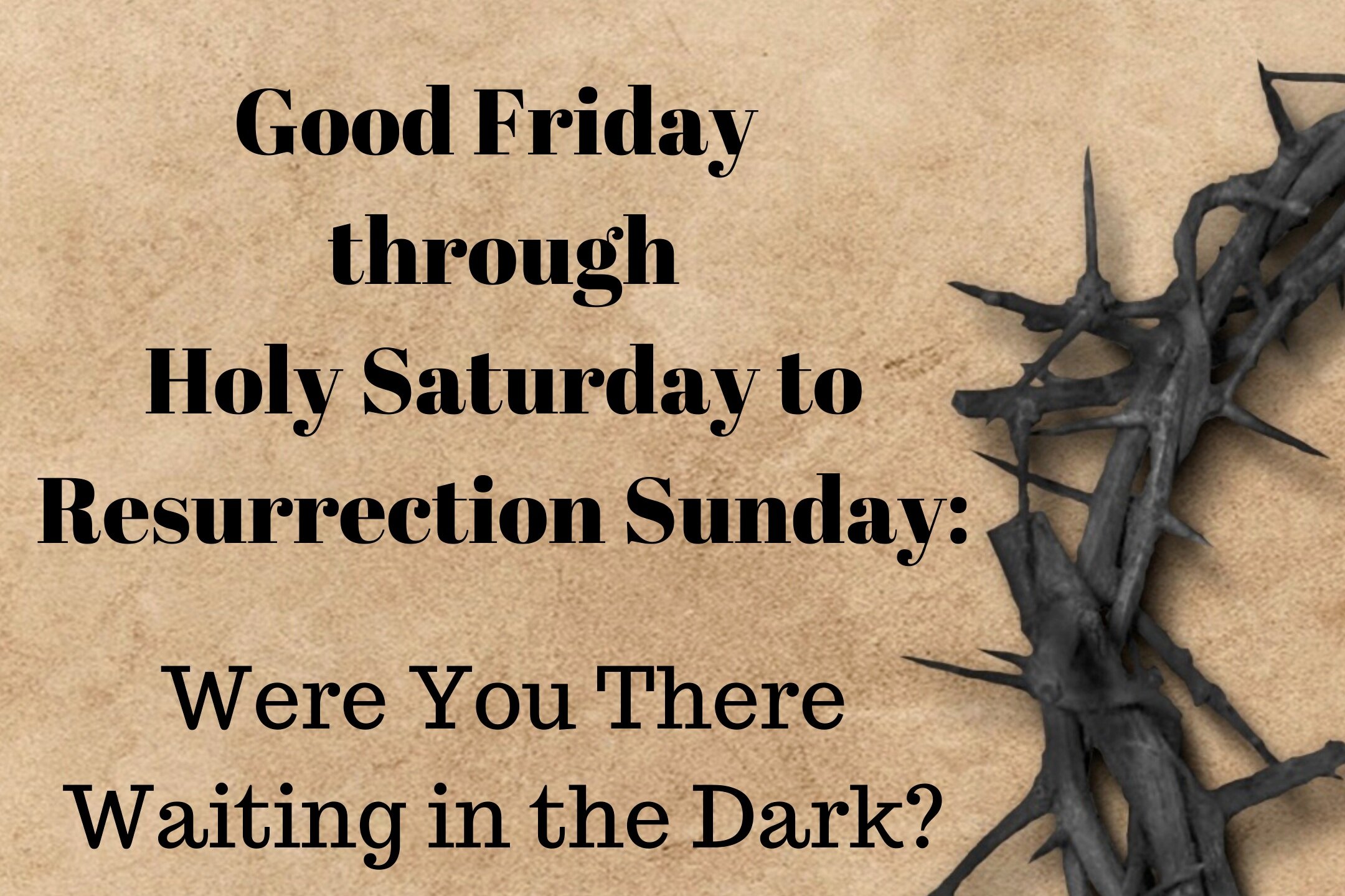
We have an “Easter/Resurrection Manger” set if you will, it consists of rocks, a cross, a clay tomb and an action figure Jesus. (That’s correct, Amazon sells action-figure Jesus dolls and theologically I don’t know how I feel about it). That being said, every year, the week of Easter, we carefully unwrap the clay dried tomb we hand-molded a few years back, the twine wrapped sticks we created into a cross, and the plastic, Gumby-like Jesus figure we purchased. My kids are surprisingly always very excited and intrigued by this small tradition around Easter. My two oldest played with the rocks and put Jesus in and out of the tomb in imaginative conversation. Tonight, I listened to my 5-year-old daughter, Selah tells me how sad Jesus is going to be in the dark tomb alone again this year. I try to remind her that He will be out on Sunday and defeat death with His Resurrection. She isn’t comforted by this thought, she continues to tell me she feels afraid that Jesus will be alone in the dark.
I am reminded of my best work as a therapist which is not to rationalize the other’s perspective but rather to be with them in their fears.
Every time I pass our tomb scene tucked in our stairwell, I think about her words. I know the agony of death and the crucifixion is more than she can understand but as a mental health therapist, I am aware of the different type of agony that comes in loneliness and darkness. The mystery of Christ still beckons me to wonder whether I completely understand why Holy Saturday is so important of a day. A whole day on the church calendar devoted to waiting in hope and hopelessness.
This year, due to COVID-19, we will not be attending a Good Friday service, instead, we will have our own. We will turn off all the lights and stop using electricity and technology at 3 pm to signify when the sky went dark. We will sing acapello the haunting words,
“Where you there when they crucified my Lord?
Where you there when they nailed Him to a tree?
Sometimes, it causes me to tremble, tremble, tremble.
Where you there when they crucified my Lord?
The kids will take Jesus off the cross and place him in the tomb and put the stone in front of our clay tomb. This is Selah’s most hated part, her imagination knows no greater fear than being left alone in the dark tomb. I ask her what would be a kind act on Jesus’ behalf. “We need to leave a nightlight on for him and sing to him.” So we precede to do both, sing the rest of the song and light a candle and leave it glowing near the Easter scene.
“Where you there when they laid Him in the tomb?
Where you there when they laid Him in the tomb?
Sometimes it causes me to tremble, tremble, tremble.
Where you there when they laid Him in the tomb?”
No, I wasn’t there. I have read The Journal of American Medicine Association confirmed the death of Christ (JAMA 1986;255:1455-1463). I also know that women are the first ones to account for Jesus’ tomb being empty and His resurrection before the 500 witnesses. Women weren’t thought to be credible witnesses by Jewish customs, so why did God have a woman at His Son’s tomb? I wasn’t there but I think about it. Especially, on Easter weekend, I think about more than how it must have been to be crucified, I think about what it was to lay in a dark tomb alone. Women’s bodies know that being left alone is hard, and our knowledge leads us to join and be with and bear witness. My experiences with graves are few but haunting. I laid my firstborn’s body in a deeply dug hole in the ground. I buried him with the shirt that I was wearing when they placed him in my arms at the hospital, I wanted him to feel my warmth and remember my smell while his body lay alone in his tomb. I placed flowers and dirt on top of his small casket until he was covered by a heavy blanket of ground and longing grief. It causes me to tremble to even speak of the 8-year-old memory. I was there the next morning at the cemetery grounds, kneeling on the dew-covered grass near his grave. Just in case God wanted to bring him back to life, just in case he felt any sense of abandonment in his flesh, I wanted to be there.
I imagine Mary was no different. The distress of your love left buried alone in the ground. I would have been nowhere else but near his body. So, when the Bible says, Mary was at the tomb Sunday morning, I believe it because I was at my own boy’s grave the very next morning, and the next, and the next. When my daughter says she is worried about Jesus being afraid in the dark tomb alone, I believe her fear - I believe her female body. More than ever I have begun to notice the times’ women were mentioned in the Bible and most of them are in stories of accompaniment with life-giving or burying. Women know the ways of birthing life and birthing death. So, this Good Friday and Holy Saturday, I am not at all surprised by my daughter’s knowledge to accompany Jesus during His time in the tomb. I will teach her the ways of a woman who is learning the craft of accompaniment and birthing death as she reminds me that it matters to even Jesus to not be left alone.
“Where you there when they laid Him in the tomb?
Where you there when the stone was rolled away?
Sometimes it causes me to tremble, tremble, tremble.
Where you there when the stone was rolled away?”
Making Meaning: Marking the Simple Moments Matter in Life
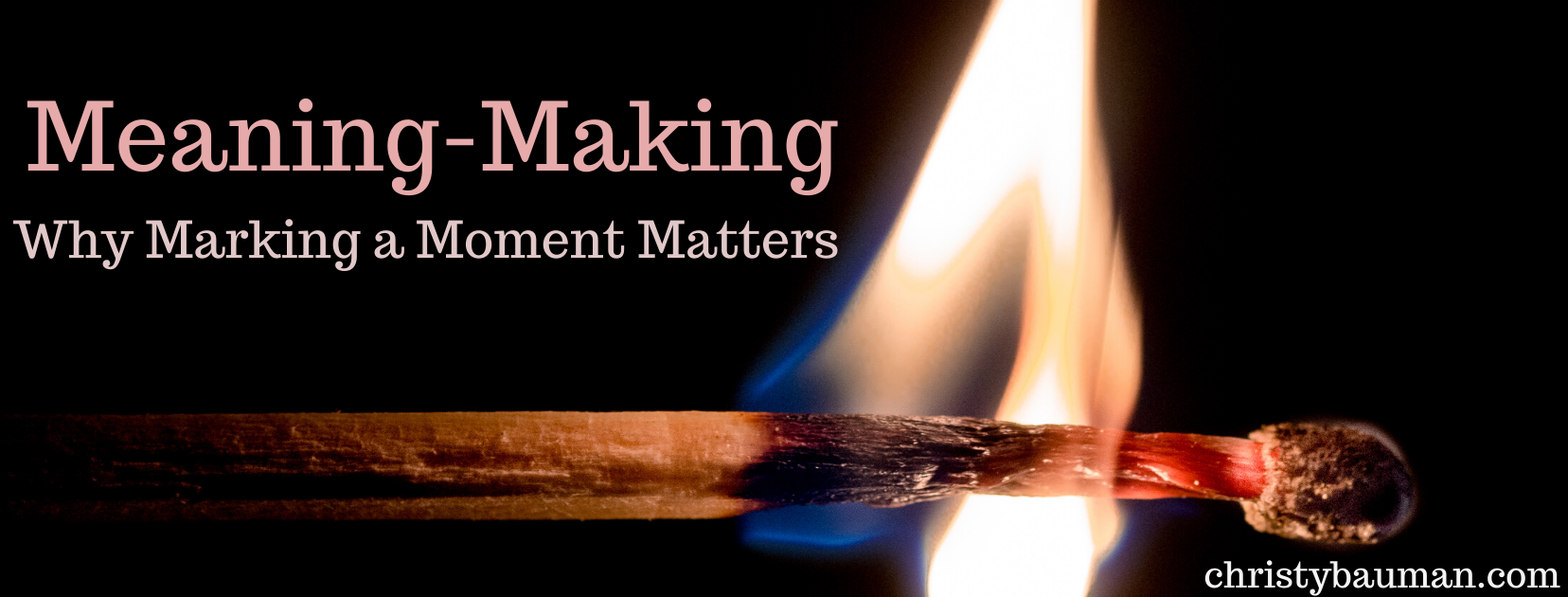
I am restless. My three kids are all quieted and settled for the next hour, and I am well aware this is my only window of time for myself. The barrage of ideas floods my mind: exercise, soak in a bath, watch a show, run an errand, wash clothes, start prepping dinner, go hang out with my partner, finish weeding the garden beds….the list goes on and on. I am acquainted with these moments all too well, and I have trained myself to recognize them and pause.
When I feel restless, I recognize it, stop, take a few breaths and ask myself: What do I need?
What I need most right now in this isolation period of COVID-19 is to get outside whenever possible. I also know that I need to make meaning of the time that is passing by without my active intention. What I am trying to say is that I realize the greatest thing I can do during this outbreak is to isolate my family. By staying home, I help discontinue the spread of this virus and give healthcare workers a chance to catch up. Yet, this feels useless when I so badly want to actively help. Research tells us that making meaning of a situation helps humanize our understanding and psychological health (Park, 2006). My body wants to mark this time somehow, and the next step is to listen to how I might do this. I put my windbreaker and running shoes on, headed for the small wooded path near our house. As I reach for the doorknob to leave, I realize my daughter has my phone and is FaceTiming with her cousin. I feel immediate panic at the thought of leaving the house without my podcasts or audiobooks to bolster an already begrudgingly choice to exercise. There is no time to change my mind, I walk out and face my disappointment head-on.
When being present with one’s self, we often have to push through the disappointment of our comfort-lessness.
The fresh air and hard dirt path seem resistant to welcoming my compartmentalized thoughts - colliding in the infinite space of silence. I heard the words from my conversation with my grandparents yesterday, “If we die, Christy, no one can come to our funeral; the churches are practically shut down”. Their fears feel overwhelming to me, as I think of the thousands within the 70+-year-old demographic who are facing such realities. Community comforts our loneliness and when it's taken away, we find ourselves faced with a loud silence.
Being alone is often an invitation to mark and make-meaning.
I stop to stretch and feel tightness in my calves and if I stay with my body, I can also sense the aging of my knees. What does it mean to be alone with ourselves? What does it feel like to face our aging bodies? I don’t want to think about my own body aging, I run back to my house, climb onto my trampoline and I jump until I can’t catch my breath. Then, I head to my back fence and pick up my garden clippers and fill the fire pit with dead blackberry bushes. Clearing the land feels good to my cooped-up body. I grab matches, light the brush, and let it burn. As I cut back branches, I can feel the need to stop and mark this unprecedented time.
Marking is done by adding intention and presence to the simple acts we are doing.
I then take a match for my grandparents, I light it and watch it burn - I say a prayer for their fear of a lonely death. I light another match for my friend who I know is miscarrying and can’t go to the hospital, I say a prayer. I light a match for a family member who is scared and alone through this time of isolation. I light another match for all the lives that were taken in the past 24 hours and I say a prayer. I can hear the wind chimes in the background, my Pop gave them to me as a way to make the Holy Spirit audible. I lit a last match for the first responders who are working around the clock to serve the sick, the grocery clerks who are stocking food for our families. Finally, I end my time of intention with a deep breath and a whisper, “In Your mercy, hear my prayer”.
Meaning-making consists of warming up to your body’s experience of a situation, stopping to partake in a physical act of marking, and intentionally ending the time.
As I continue to cut down and burn the brush, I feel my body is more at ease, my mind is not running with unaddressed thoughts, I am not irritated about being without my phone or any other comforts, I feel present and at peace with the situation, I am in, because I have been intentional to walk with the body through the process of making meaning of the unknown.
“Lord, grant me the discipline to be alone with myself,
The fortitude to find you there.
Thank you for this very breath I have,
may I use it honorably today.
Selah.”
Further Research on Meaning-Making and Marking Events
Marker events are commonly displayed in acts of ritual, rites of passage, and ceremonies, such as quinceaneras, bar mitzvahs, and other coming-of-age celebrations, weddings, or funerals. Whether they evoke situational meaning or ceremonial meaning, these acts have an important effect on the level of resilience and well-being in a person’s lifespan (Park & Folkman, 1997; Ungar, 2011). Park and Folkman identify two levels of meaning, global and situational, in the Meaning-Making Model. Situational meaning refers to a person’s understanding of a specific instance, while global meaning refers to an individual’s broad orientation and perspective of multiple situations (Park, 2013). The theory of meaning-making has more recently been used in conjunction with narrative and social constructivist therapies as a way to humanize the assessment process and enhance therapeutic change. Meaning-making is used in case studies, clinical vignettes, and therapeutic dialogue. The integration of meaning-making practices into day-to-day talk therapy sessions has shown positive results, and its application has assisted in closing the g
ap between theory and practice (Neimeyer & Raskin, 2000).
References
Park, C.L. & Folkman, S. (1997). Meaning in the context of stress and coping. Review of General Psychology, 1, 115-144.
Neimeyer, R. A., & Raskin, J. D. (Eds.). (2000). Constructions of disorder: Meaning-making frameworks for psychotherapy. Washington, DC, US: American Psychological Association.
http://dx.doi.org/10.1037/10368-000
Park, C. L., & Ai, A. L. (2006). Meaning-making and growth: New directions for research on survivors of trauma. Journal of Loss and Trauma, 11(5), 389-407.
Park, C. L. (2008). Testing the meaning-making model of coping with loss. Journal of Social and Clinical Psychology, 27(9), 970-994.
This Cup I Have To Offer
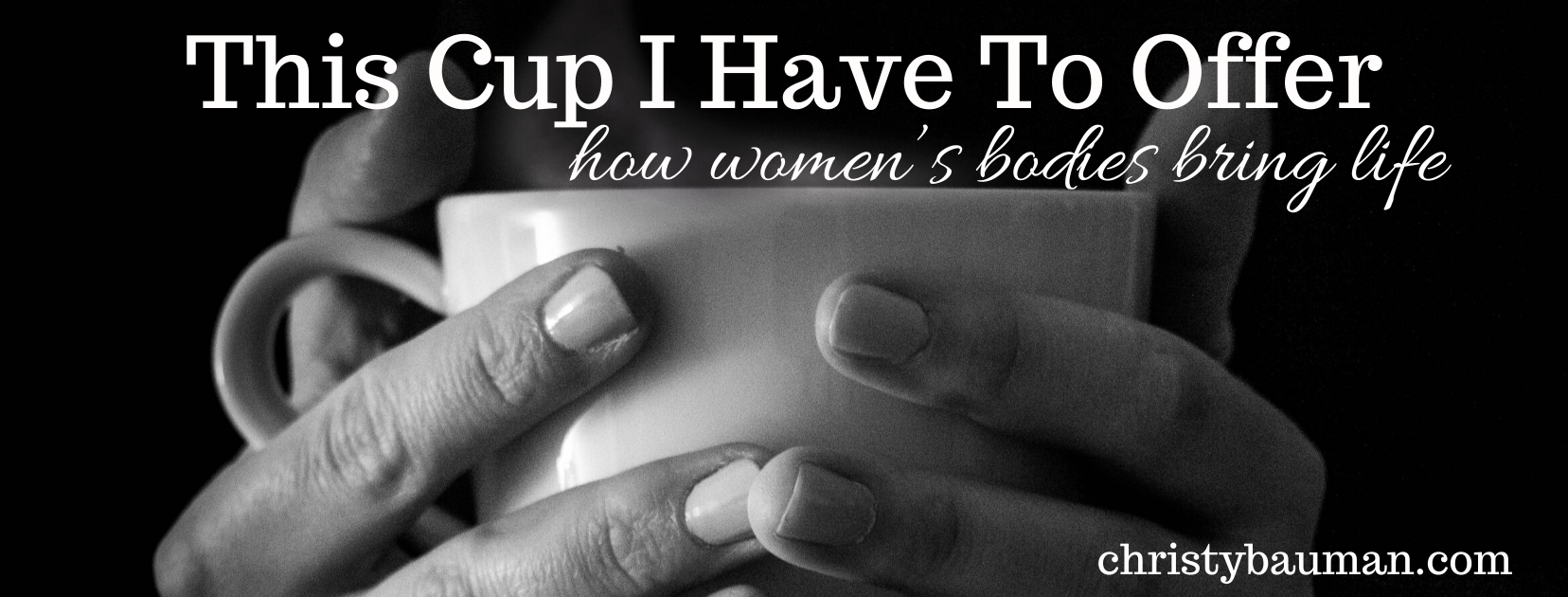
“This cup is My blood, My new covenant with you, each time you drink this cup, remember Me.”
It’s been a long week, come to think of it, it’s been a long month with Covid-19 hitting Seattle by force. We have stayed home, stopped going to school, changed our work schedules, and so when I find myself eating tablespoons of Nutella from the jar, I am not super hard on myself. My relationship with food is always telling me something about how I am doing internally. I always try to listen to what my body is saying, and I am starting to see a pattern when I am PMSing: no desire to have sex, ambivalence with the big things, frustration with the small stuff, bloating, and a lack of care about exercise or sugar intake.
The woman’s uterus instinctively knows how to birth.
A woman’s body, despite whether she has ever physically birthed, knows how to birth, a frame containing a uterus practice monthly for most of her life to birth. My body is whispering or yelling truths to me whenever I start to prepare for birthing. What am I birthing this time around? An anxious month, a celebratory season, another year of life, a separation with a lover, a reckoning with myself… Whatever the birthing, I can always feel the preparation. I keep looking for blood to come, waiting for relief that these feelings are all part of a bigger picture.
Our body was meant to be a trusted friend; if it isn’t, we must mend the trust.
There is a trusted friendship that I want to have with my body, a knowing that we care for each other, a security that we’ve got each other’s back. It is in the moments of disconnect with my body that I feel most alone and out of sorts in the world. It reminds me of what women with an invisible disease would explain as the “foreignness” in their bodies, somehow betrayed by an illness that could kill them all the while their exterior looking healthy. I have known this foreignness with my body when it has carried a lifeless child within my womb while acting as if all were normal and well. Sometimes, in the regular monthly cycles of menstruation, I feel a fraction of this foreignness, like my mood, my cramps, my blood are saying something, and I am not connected to it.
Cyclical bleeding is an invitation to knowing yourself more.
These repeated months over a span of almost 40 years are still invitations to knowing myself anew. After being done with pregnancies, I am noticing a new pattern in the week before my pre-menopausal period. It is as if each time I am preparing to birth something, a physical prompting to allow myself to release and shed blood. It feels more vulnerably close to death and burying. I think I am being invited into the act of burying better than before. These days, there is relief when blood comes. It seems like an explanation, and expression to my internal turmoil, I even find myself overjoyed. In the last three months, when blood comes, I have run into the other room to tell my husband in some sort of excitement. Like, “See, I knew something was up” or “I did it, I birthed another small hardship through this body of mine.” My excitement doesn’t make much sense, but ever since the shame of bleeding has been taken away and the stigma of my period has been removed, I feel free to be curious. What is my body trying to birth each month? It actually becomes a wonder that I start to follow its lead, and I listen.
I approach my bleeding body with shamelessness and curiosity.
This month was about birthing the anxiety and stir-crazy of the coronavirus - my body was sorting through all the feelings of global hardship, financial devastation, and physical sickness. The media, number of cases, and daily changes were exhausting, and my body was telling me that it could feel the weight and could also birth through it. So when the blood came, I was overjoyed, my body had found a way to move through its cycle in such a massive season, and I was grateful. And Bruce Springsteen’s sings,
“There’s a blood, red circle on the cold, dark ground, and the rain is falling down,
church door’s thrown open, the congregation is gone, my city of ruins.
The boarded-up windows, empty streets, my city of ruins.”
What is the state of our globe? What is the state of your body? What is the state of your soul? How does it respond to devastation? How does it react to heartache and loss? When blood comes, I think I can hear your body saying, whispering or yelling,
“Come on rise up,
come on rise up,
come on rise up,
come on rise up.”
Our blood is saying something to you, “Come on, rise up, this cup is my blood, a new covenant.”
May we all be invited into our bleeding as a way of knowing that our bodies are good, and our bodies can metabolize the life/death/life cycle. We should stop and listen to our wise bodies, for they can teach us so very much. If I listen in these moments, to my body, my uterus shedding its lining and pouring itself out, I hear God speaking. Growing up in Catholicism, the first communion was a big deal, a rite of passage in the community that a child could not receive until they were of age and asked Jesus to come into their hearts. My priest taught me that after receiving Jesus in Holy Communion, you must remember that you are carrying Jesus to your homes and schools as Jesus’ mother Mary carried Jesus to her cousin Elizabeth. When you are alone, you have Jesus living in your soul and can tell Him all things. So, I believe my monthly cup of blood is the closest physical representation of Christ, breaking His body and bleeding into a cup and offering it to me as a remembrance that the old is gone, the new has come.
“This cup is My blood, My new covenant with you, each time you drink this cup, come on and rise up and remember Me.”
The Good, Angry Woman: An Exercise to Help Lessen Contempt
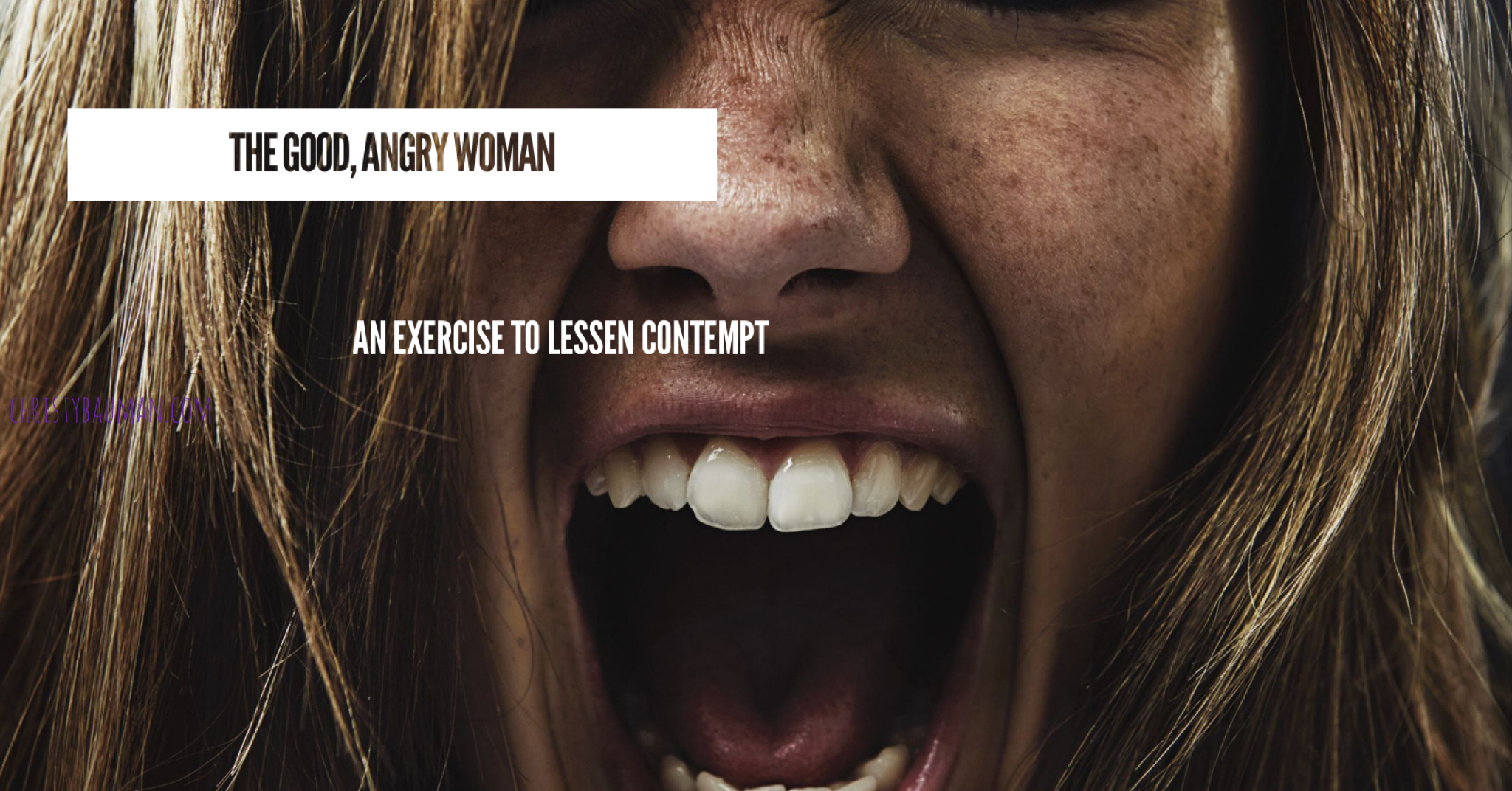
I’ve come to find that few women know how to be angry well. What I have seen in my therapy practice is that women keep their anger inside and let it fester into resentment, which becomes contempt.
Women often don’t give their bodies a chance to actually feel and move through the anger they are holding inside.
I was driving home to our mountain cabin in the woods of Western Northern Carolina in a run-down van we had just purchased for our family, and everything on the van was breaking. This stupid van had cost me a productive workday; I’d had to cancel with many clients so that I could take care of this broken down heap of metal. I was so angry with the mounting situation and the litany of negative circumstances we had encountered over the previous two months. I was angry with my husband. I was trying to be a good, supportive wife, but the weeks had been filled with stressful events and bad financial choices, and I was at my wit’s end. My phone was dead, and of course the van’s archaic radio didn’t work, so I just began to yell, loudly. I yelled, “I hate you, Andrew, I hate you!” I was shocked that I had the audacity to say those words out loud. Immediately after I said the words, I knew it wasn’t true, I didn’t hate my husband, but I sure felt like I did. My wild declaration left me feeling a little lighter, yet I had a lot more I wanted to get out, and since I was alone, I kept going. I continued yelling, I yelled things I will not share here, but I went raw and honest, and I believe that is what kept me sane. I had to say all of the things I was feeling to find out what it was I truly believed . So I yelled, “I hate this van, this stupid van, I hate this damn season of life, I hate our financial situation, I hate how tired I am, I hate how little time I have for myself, I hate it all!” It felt so good to scream as loud as I could, until my throat hurt and my eyes burned. I felt a wave of something new moving through me.
Rage started to turn into heavy disappointment. I kept going. “I am so disappointed that things have turned out this way. I am so disappointed when I look at my tired body, I am so disappointed that we are struggling right now. I am so, so disappointed that we are here in this town, with your family, with this new financial investment. I am so disappointed that this is what our life looks like.”
Honest and healthy anger will move from rage to disappointment into sadness.
I put my head on the steering wheel and tears ran down my face as I said, “I am so sad that this is how we are spending our holiday. I am sad that we are struggling in so many ways. I am sad that it isn’t easier and that there aren’t more family members who can help us, with our children or with our marriage. I am just so, so sad.” By this point, the sadness was coming in heaves of tears; so I let them come. All of that previous angst and stress in my chest was gone, it had dissipated somehow. When I was done, I got back on the road, drove home, and asked Andrew if I could talk about my difficult day after a bath. Our conversation was authentic and more gentle than I ever imagined it could be.
I am so grateful for that experience, because I know the rage and heaviness and sadness are no longer inside of me; I left them on that windy Carolina mountain road.
The exercise of pushing into my anger and then releasing my sadness freed me from its hold. I was never taught as a woman, especially a Christian woman and a good, Christian wife, how to be angry in a healthy way. I have seen many contemptuous and resentful wives come into therapy with their husbands years too late. By the time their husbands change and turn to them looking for forgiveness, the wives’ hearts have turned to stone, for they have held their anger in for far too long. It is heartbreaking to see the loss on a woman’s face when she turns and asks how to remove the contempt and hate she has felt for 20 years.
Anger is not a bad thing, aggression is. Anger is an invitation to our disappointment and ultimately to our grief.
When we honor the process and listen to our bodies, we will find freedom. Our bodies want to free us from the anger we feel inside; we were not meant to inherit the disease of contempt. I encourage you to practice this exercise whenever you find yourself angry. Go somewhere that you can be alone, and begin with the sentence, “I am angry about…” and express why you are angry at least 10 times until you really wake up your body to the fullness of your anger. What’s important to remember is that you should not stop once the anger rises to the surface; you should allow your body to move fully through the exercise. Then I invite you to move to the statement, “I am disappointed…” which you will say at least 10 times. When your body feels like you’re finished with the disappointment stage you will know, because sadness will come. The tears will tenderize you towards the third and final stage. Finish by expressing your sadness, “I am sad…” 10 times.
1. I am angry....(10x)
2. I am disappointed.......(10x)
3. I am sad.......(10x)
Allow yourself to then let your body rest and relax. Be tender and gentle as you go about the rest of your day and, if possible, take a bath or a massage. It’s important to do some form of self-care. Doing anger well takes work and practice.
“Anything that is human is mentionable, and anything that is mentionable can be more manageable.
When we talk about our feelings, they become less upsetting, less overwhelming, and less scary.” - Mister Rogers




